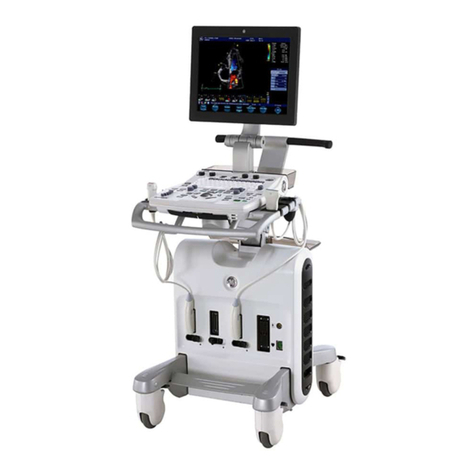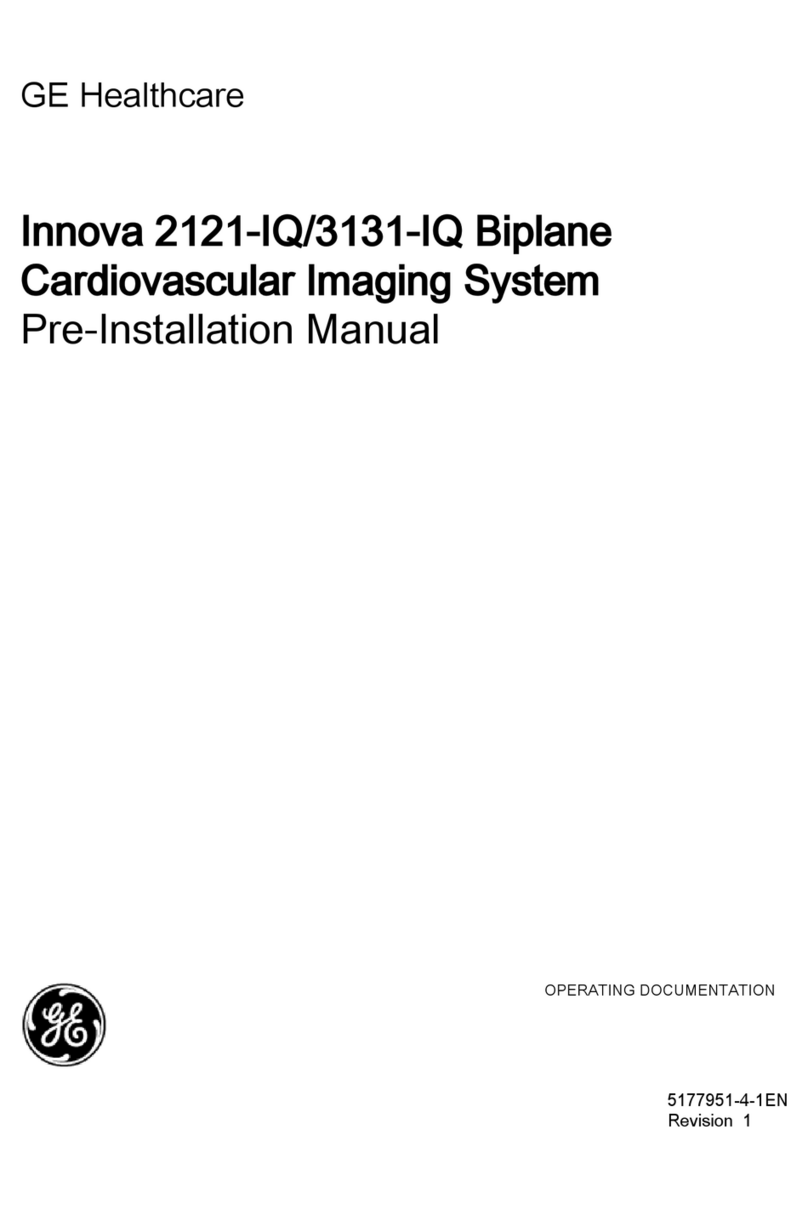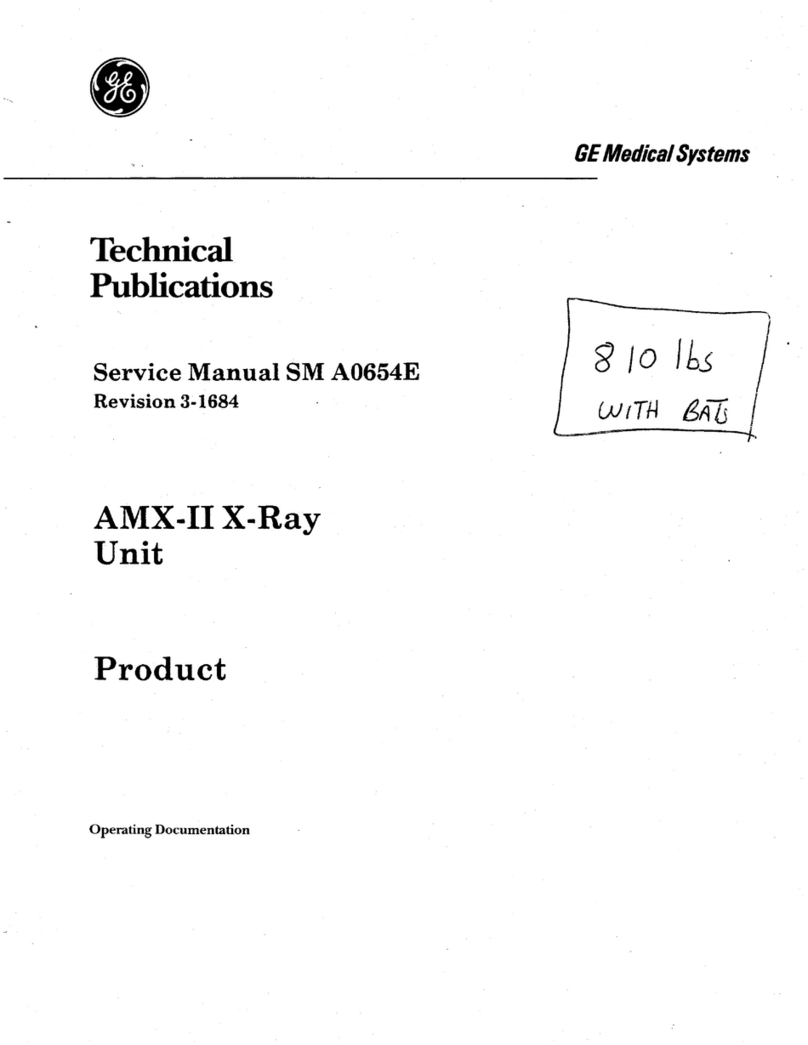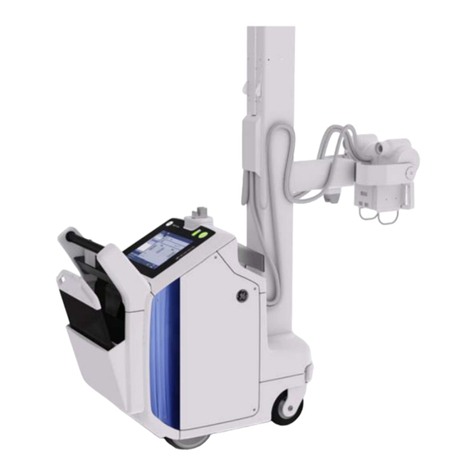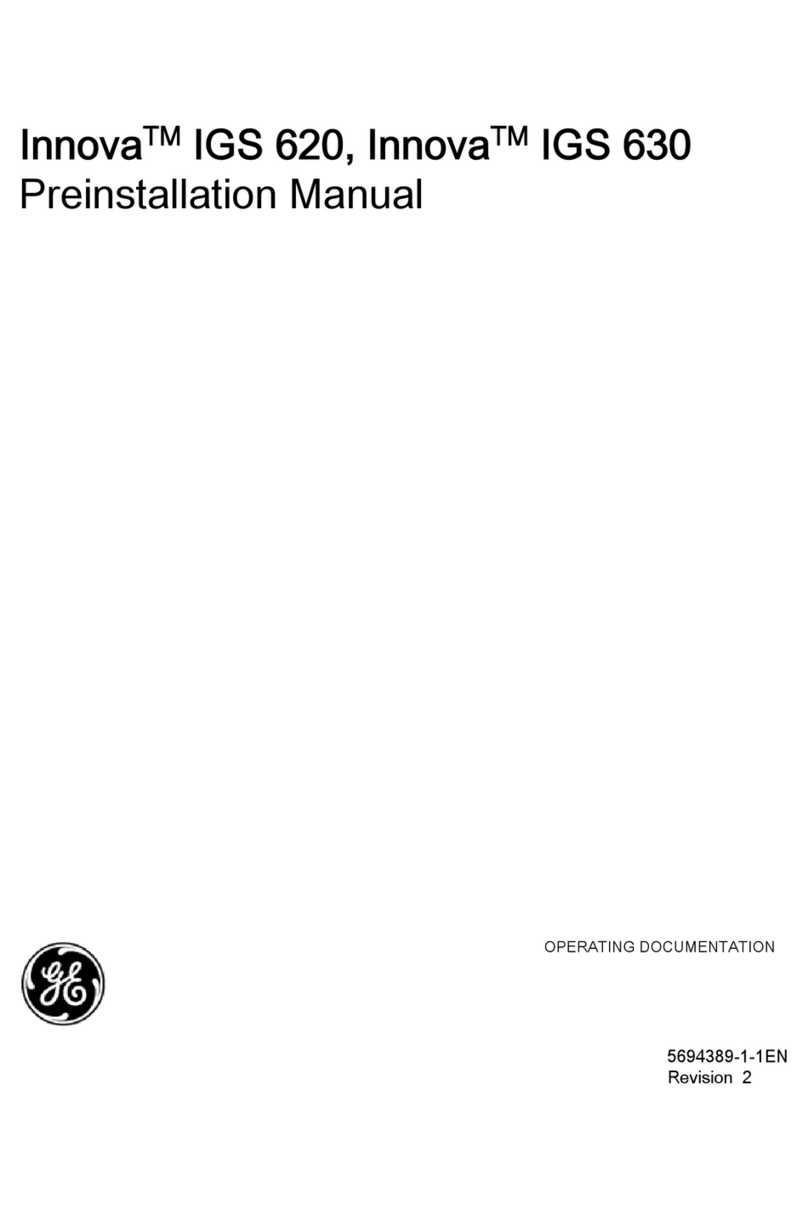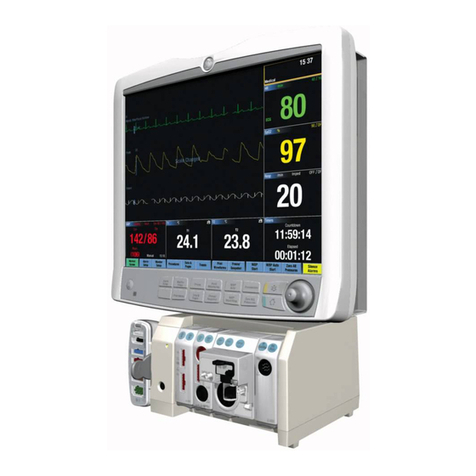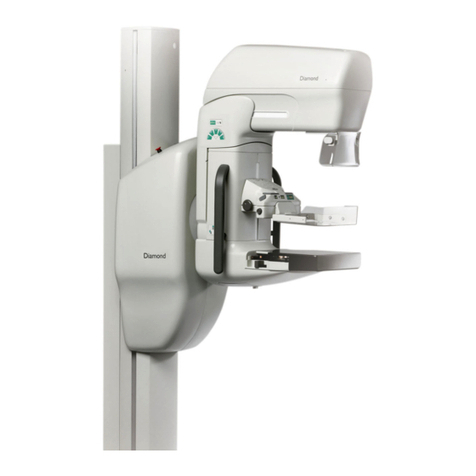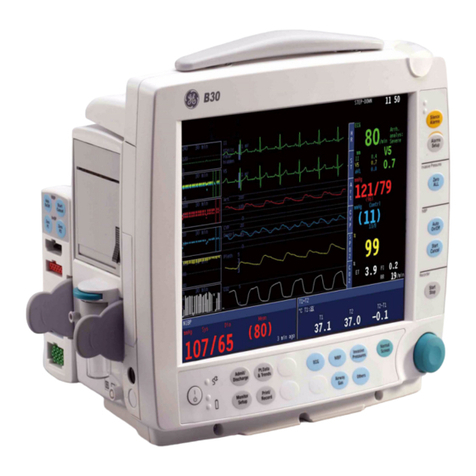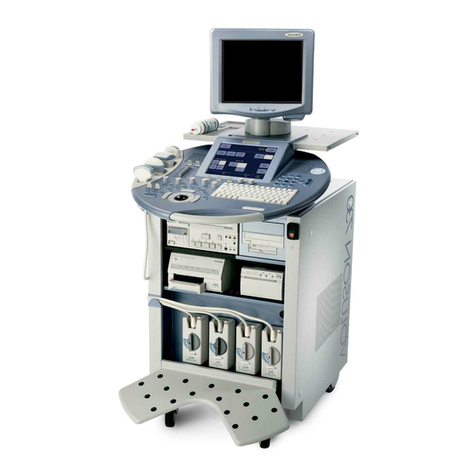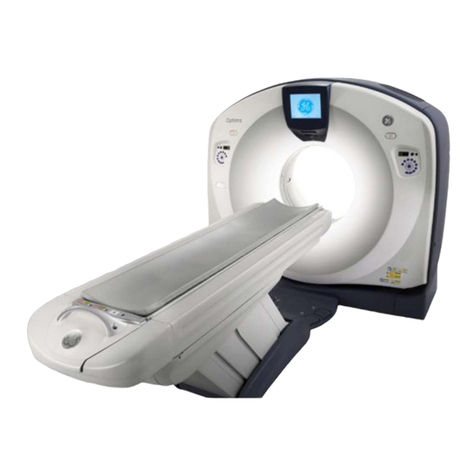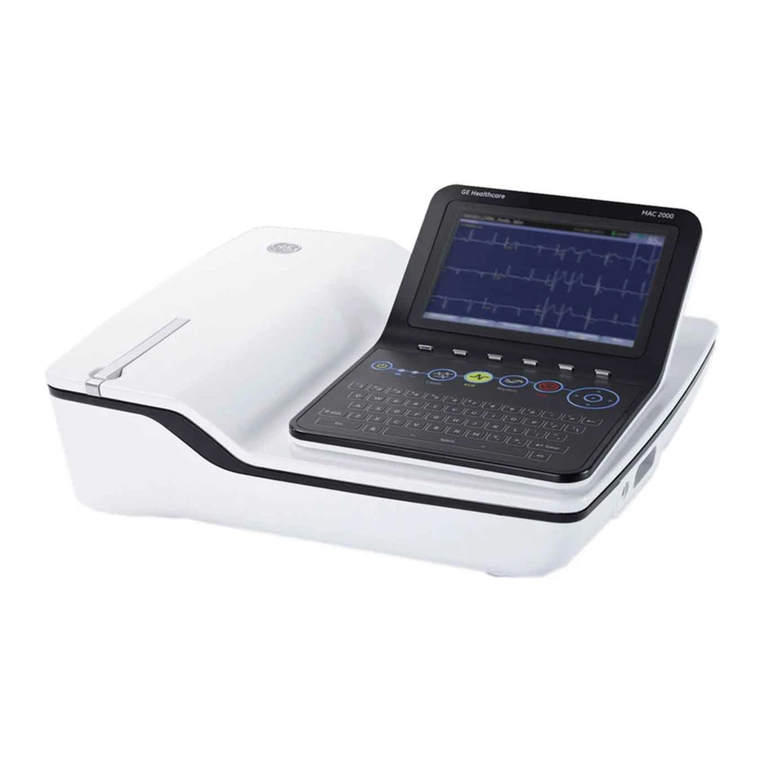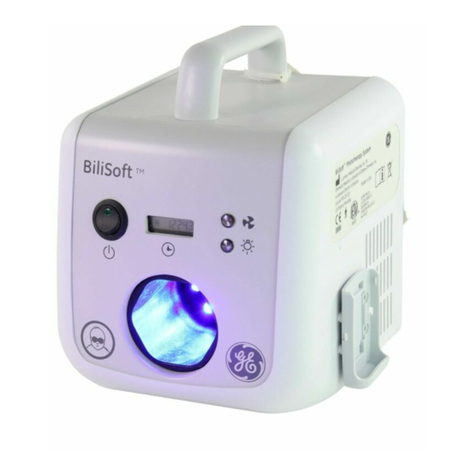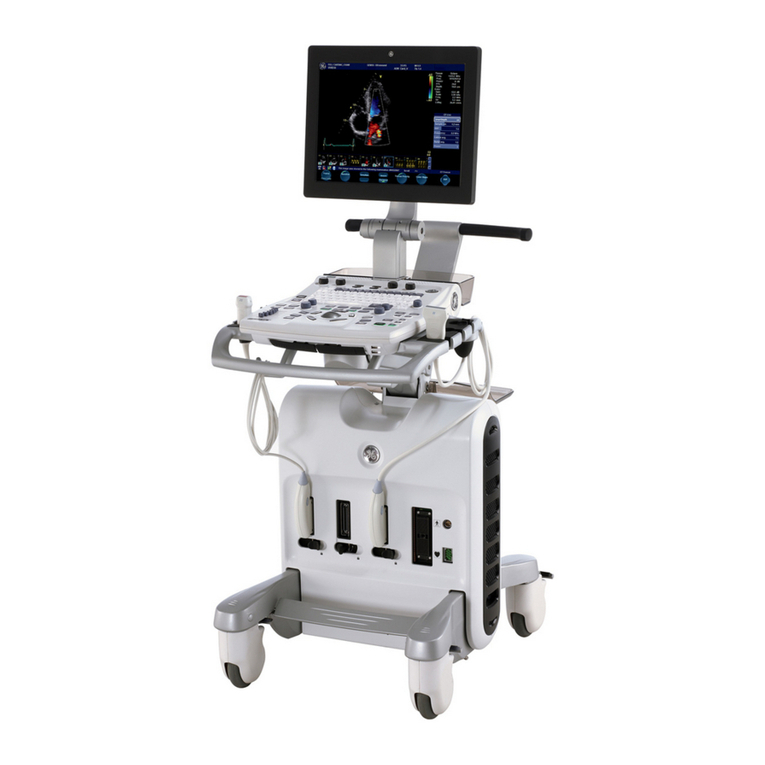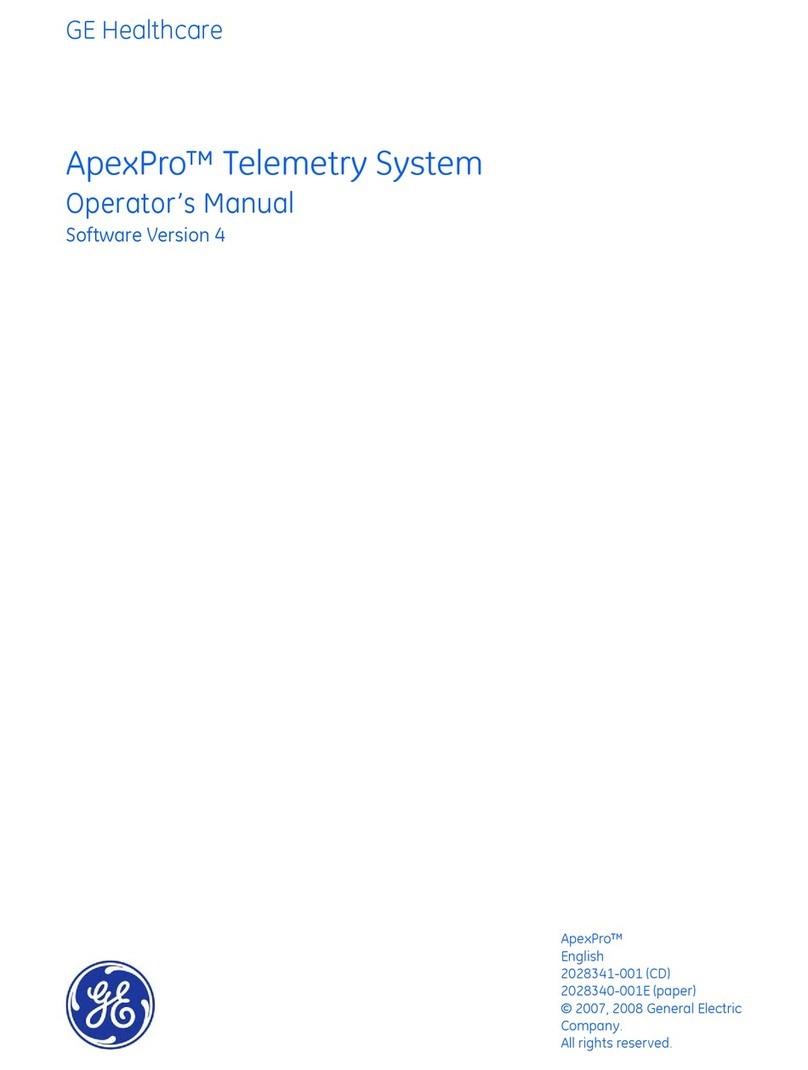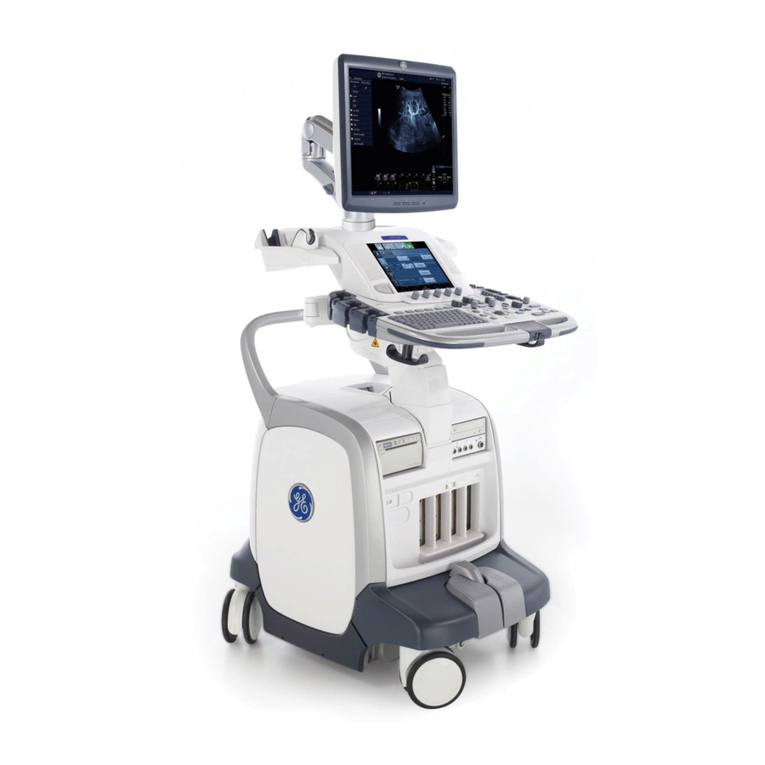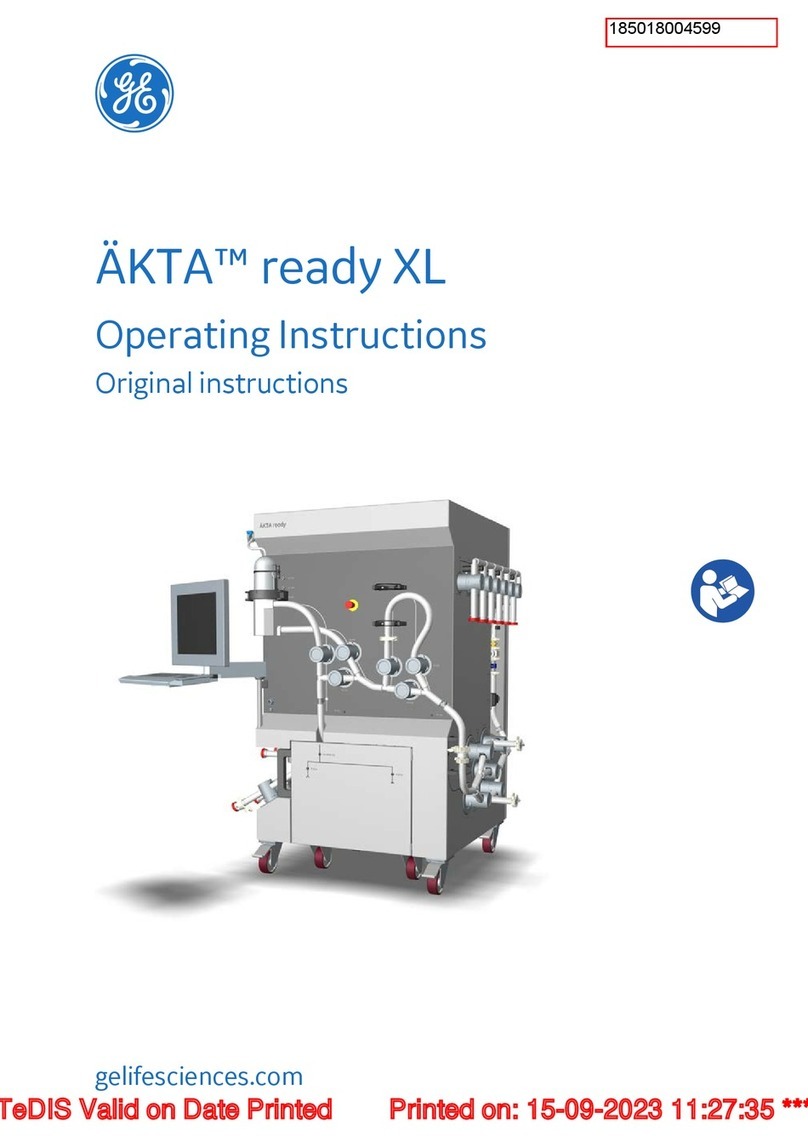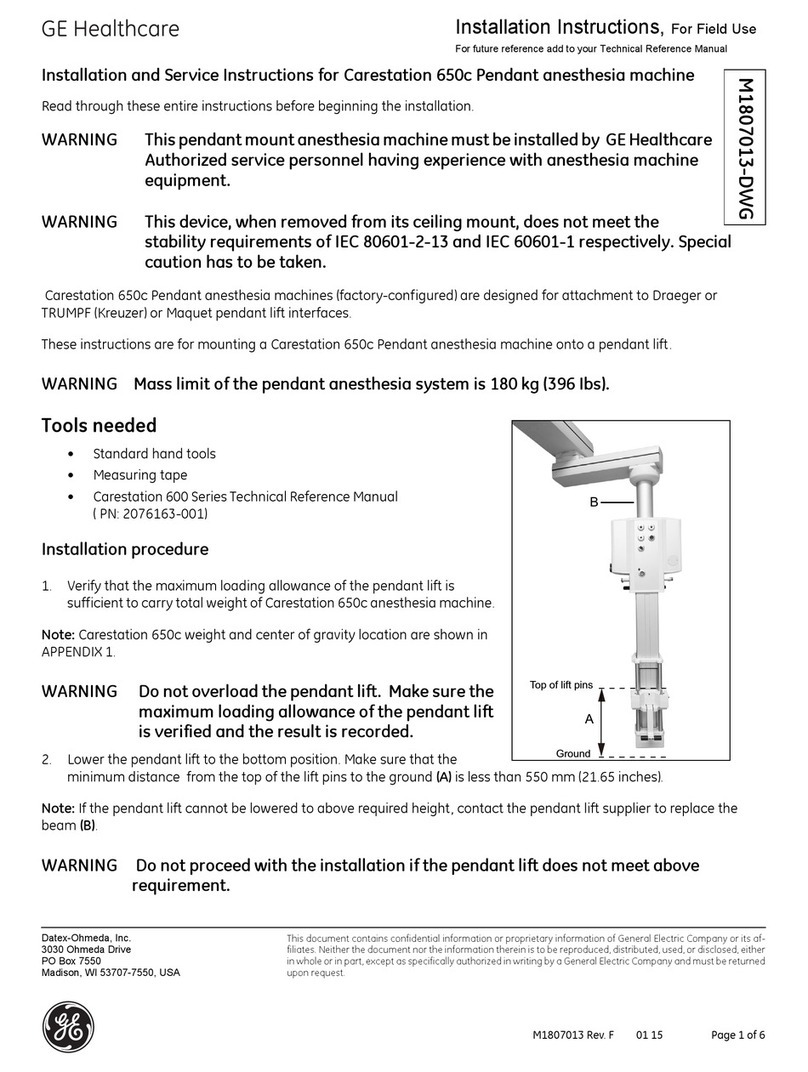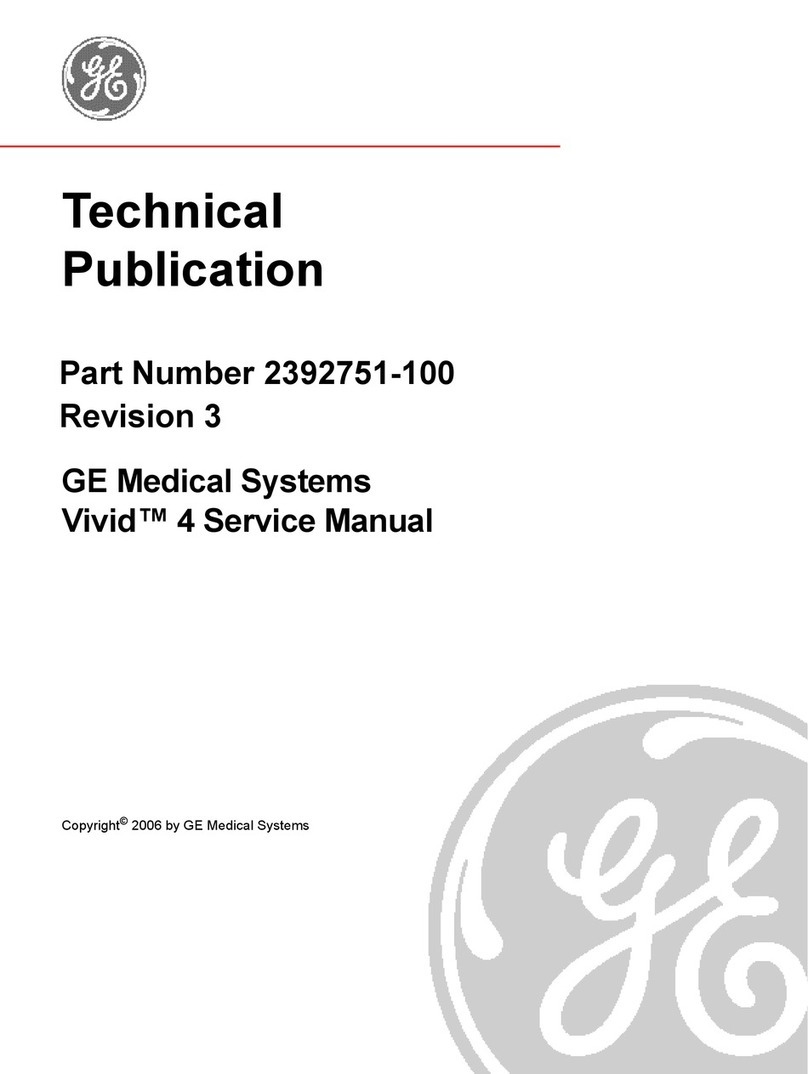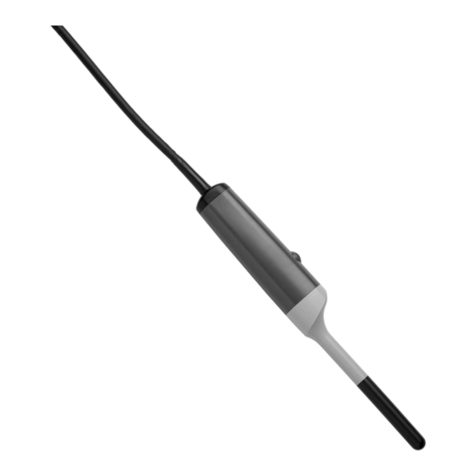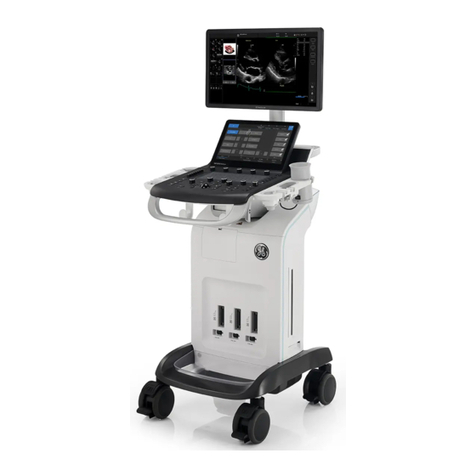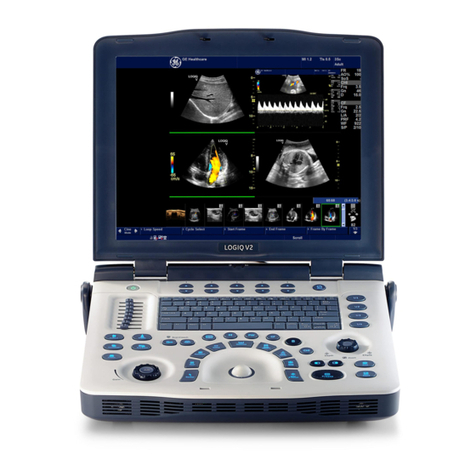
Table of Contents
i
1/Overview
Product description.....................................................................................................................................1-1
Intended use........................................................................................................................................1-1
TruTrak+ technology.......................................................................................................................1-1
PIr pulsatile value............................................................................................................................1-2
Other features.....................................................................................................................................1-2
Functional components................................................................................................................1-3
Principles of operation..................................................................................................................1-4
Calibration..............................................................................................................................1-5
Front panel.......................................................................................................................................................1-6
Alarm silence button......................................................................................................................1-7
Alarm silence........................................................................................................................1-7
All mute....................................................................................................................................1-7
Numeric display...............................................................................................................................1-7
Graphic display.................................................................................................................................1-8
SpO2 alarm limits, high and low............................................................................................1-9
Pulse rate alarm limits, high and low..................................................................................1-9
Display contrast ad uster..............................................................................................................1-9
Power/Standby button/AC power light..............................................................................1-9
Battery operation.................................................................................................................1-9
Carrying handle.............................................................................................................................1-10
Sensor connector...........................................................................................................................1-10
Screen option buttons.................................................................................................................1-10
Pulse beep volume button.......................................................................................................1-11
Alarm volume button..................................................................................................................1-11
Printer..................................................................................................................................................1-11
Rear panel......................................................................................................................................................1-12
Power entry module....................................................................................................................1-12
Equipotential ground connector...........................................................................................1-12
Product information label........................................................................................................1-12
Mode Switch....................................................................................................................................1-12
RS-232 serial/analog connector.............................................................................................1-12
Precautions....................................................................................................................................................1-13
Warnings............................................................................................................................................1-13
Failure of operation........................................................................................................1-13
Data validity........................................................................................................................1-13
Explosion hazard..............................................................................................................1-13
Electrical shock hazard................................................................................................1-13
Electrical shock and flammability hazard........................................................1-14
Patient safety.......................................................................................................................1-14
Patient safety (sensors)..................................................................................................1-14
Patient safety (modem).................................................................................................1-14
RS-232 system interconnection................................................................................1-15
Cautions..............................................................................................................................................1-15
Handle the monitor with care..................................................................................1-15
Cleaning................................................................................................................................1-15
Sensors...................................................................................................................................1-15
Battery.....................................................................................................................................1-15
Printer.....................................................................................................................................1-15
Disposal..................................................................................................................................1-15
